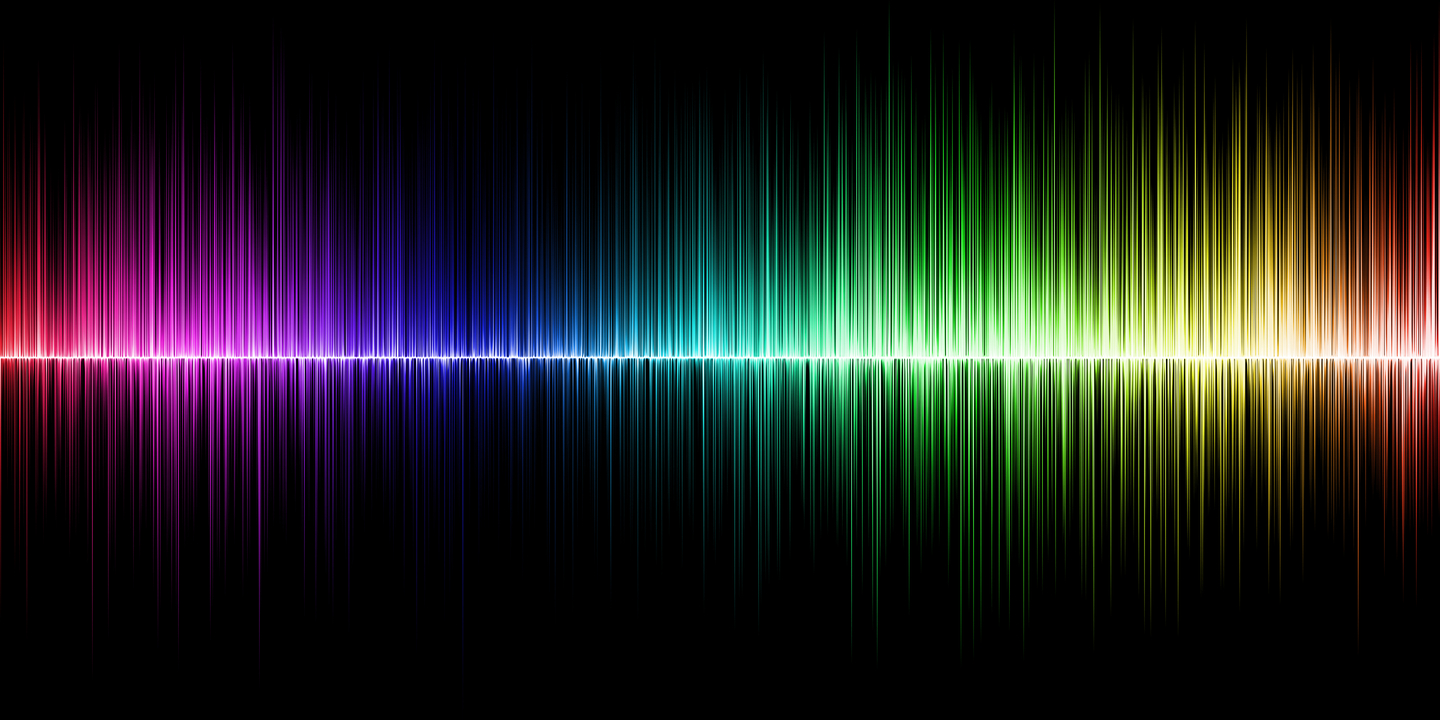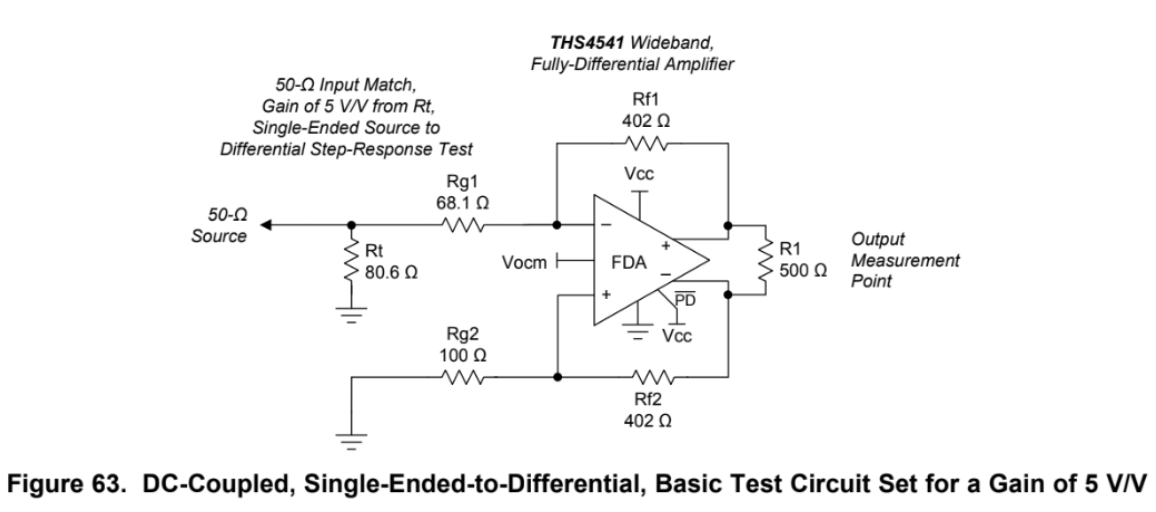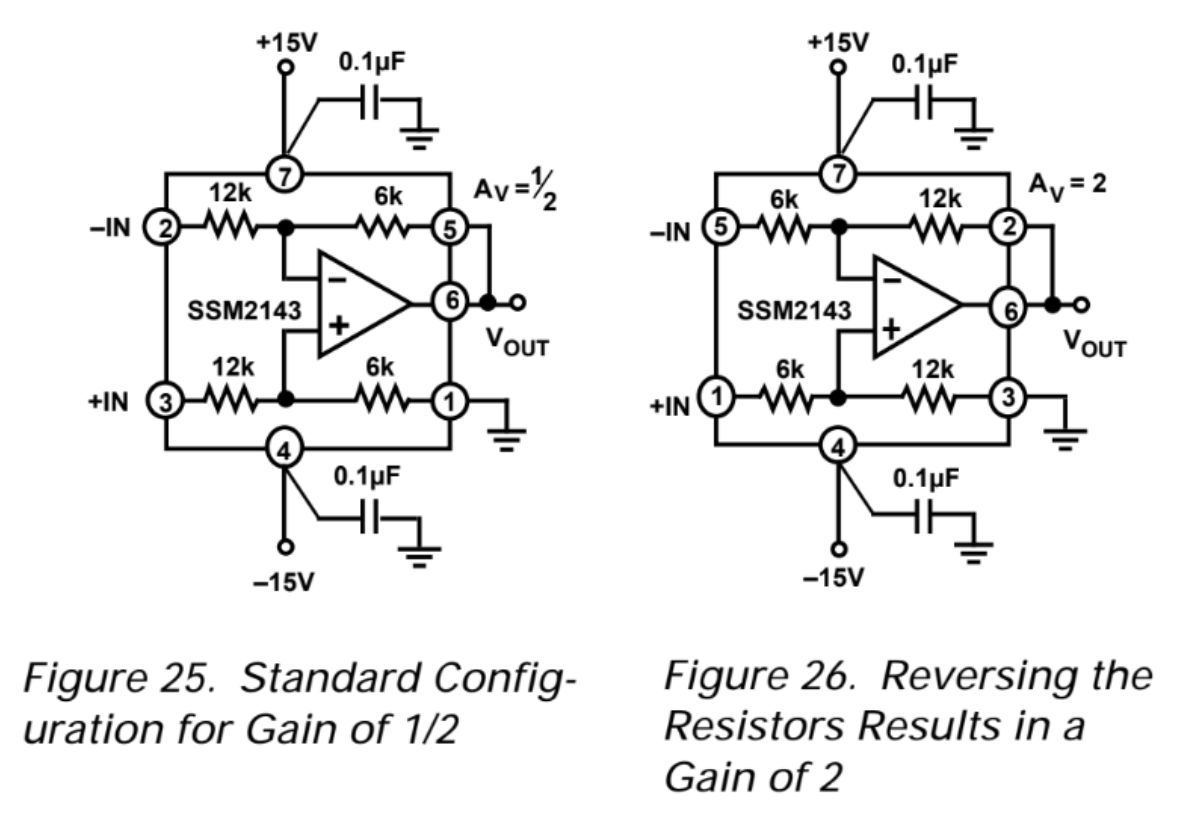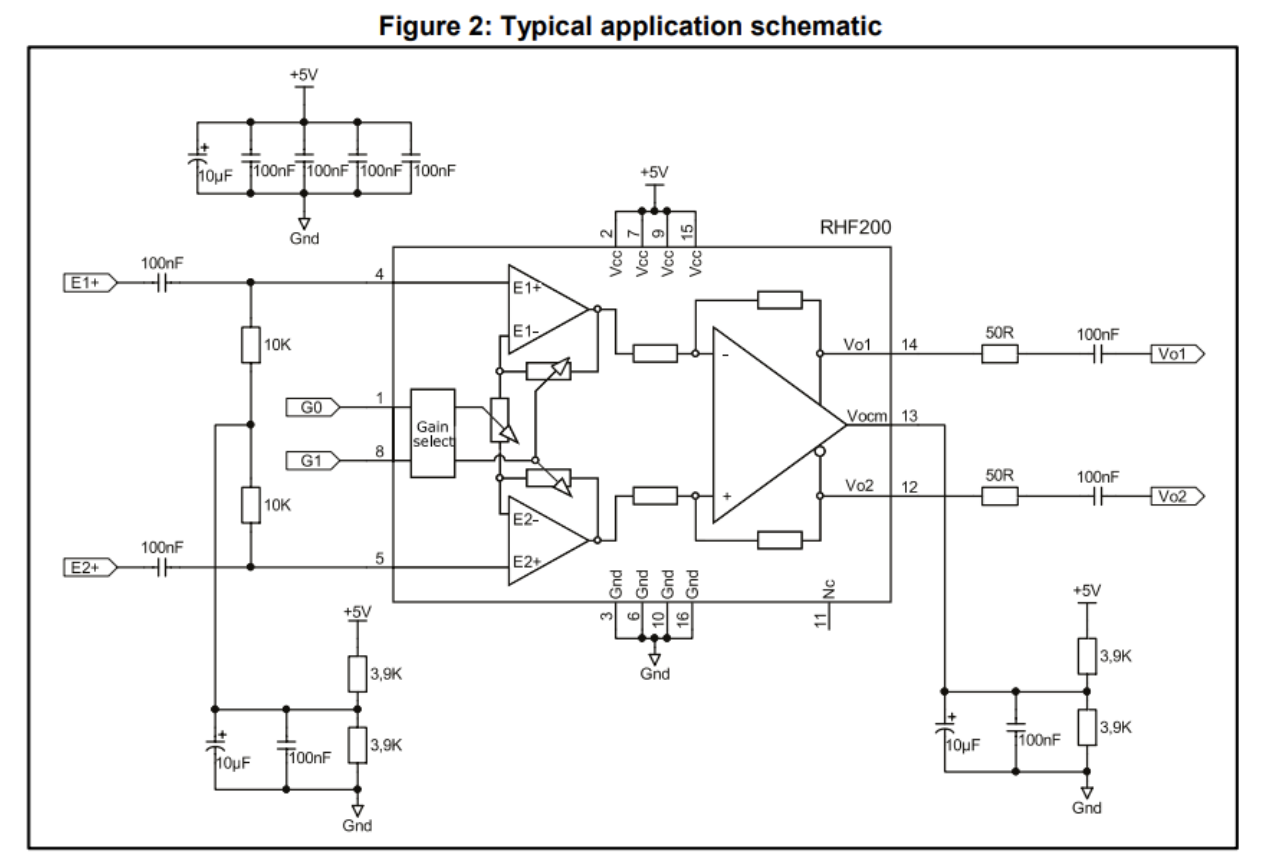
Fully differential amplifiers are used in mixed-signal design to manage differential pairs. Differential pairs are signals equal but opposite in signal strength with shared frequency. The pairs are most often used for low-voltage, high-frequency signal transmission for their ability to mitigate common-mode noise. A fully differential amplifier can take a single input and output it into a differential pair, or the amplifier can take differential pair inputs and output into a differential pair. The amplifier does this with two feedback loops and offset compensation. They are useful for any sensitive frequency nodes in mixed signal systems and are especially suitable for use with analog-to-digital converters (ADCs).
Automotive systems use combinations of fully differential amplifiers together with ADCs for use in the radio deck and its respective embedded systems. Many of the embedded systems within an automobile manage information from and to sensors that use cameras and/or video for sophisticated communication throughout the automobile. An automobile operates in a dynamic environment subject to temperature swings and noise from surrounding devices and infrastructure. Considering environmental factors and choosing parts suitable to operate within these lively places is possible because of the vast inventory of parts available on the worldwide market and found on our website. We highlight three fully differential amplifiers below.
 Dash cams display clean dynamic images with fully differential amplifiers
Dash cams display clean dynamic images with fully differential amplifiers
Characteristics of Fully Differential Amplifiers with ADCs
Fully differential amplifiers (op-amps) are used in mixed signal systems to mitigate noise over wide bandwidth. They employ differential signal pairs for their ability to cancel common-mode noise. Common-mode noise is common in most electrical systems due to impedance mismatches and clocking edge rates. Having a design proactively managing common-mode noise is ideal and this is why fully differential amplifiers find use for sensitive signal management. Their wide bandwidth produces overall low spectral signal density, as well, making them suitable for use with ADCs.
Analog-to-digital (ADC) converters rely on noise-free signal inputs to employ their full dynamic range. If signals are presented to their inputs with noise interference within an ADC’s dynamic range bits are lost to the noise floor. When bits are lost to the noise floor, the ADC is unable to use all the bits for conversion. When full resolution is lost within the ADC to the noise floor signals become clipped or other types of distortion occur to the signal of interest. Designing a mixed-signal system to maintain precision requires thoughtful choice of parts that complement each other’s strengths and weaknesses.
ADC: Analog-to-digital conversion. A system that converts an analog signal, such as a sound picked up by a microphone or light entering a digital camera, into a digital signal. An ADC may also provide an isolated measurement such as an electronic device that converts an input analog voltage or current to a digital number representing the magnitude of the voltage or current.
CCD: Charge-coupled device. A device for the movement of electrical charge, usually from within the device to an area where the charge can be manipulated, for example, conversion into a digital value. A major technology for digital imaging.
Difference Amplifier: Amplifies the difference between two input voltages but suppresses any voltage common to the two inputs.
ENOB: Effective number of bits is a measure of the dynamic range of an ADC and its associated circuitry.
FS: Full-scale, used in this article with respect to Full-scale tone, the spectral frequency applied to an op-amp to measure its spectral noise.
FDA: Fully Differential Amplifier: A DC-coupled high-gain electronic voltage amplifier with differential inputs and differential outputs. An FDA is often used to convert an analog signal into a form more suitable for driving into an analog-to-digital converter; many modern high-precision ADCs have differential inputs.
GBP: Gain Bandwidth Product for an amplifier is the product of the amplifier’s bandwidth and the gain at which the bandwidth is measured.
NSD: Noise spectral density is the noise power per unit of bandwidth. When referenced (aka, measured while applying) to a full-scale tone, it is written dBFS/Hz.
PSD: Power spectral density is the power present in a signal as a function of frequency, per unit frequency (W/Hz)
Resolution: The resolution of an ADC is specified by the number of bits used to represent the analog value, in principle giving 2N signal levels for an N-bit signal.
SNR: Signal-to-noise ratio. For ADCs it is the sum of all noise sources in the ADC relative to the input signal power. It is often expressed as an effective number of bits.
Signal Chain: A term used in signal processing and mixed-signal system design to describe a series of signal-conditioning electronic components that receive input in tandem, with the output of one portion of the chain supplying input to the next.
 Precision differential signaling produces clear usable images
Precision differential signaling produces clear usable images
Full Differential Amplifier Noise Spectral Density Considerations
It turns out that selecting a fully differential amplifier with much greater gain bandwidth product (GBP) than the ADC you’ll be using results in minimal impacts to the ADC’s signal floor. This is because the fully differential amplifier’s signal chain is spread over a much wider frequency range keeping the noise amplitude quite small. With minimal impacts to the ADC’s signal floor, all of the conversion bits will remain available rather than losing conversion bits to noise.
A fully differential amplifier signal chain contributes noise in a variety of ways although three common noise characteristics are observed. There is flicker noise occurring at low frequencies due to transistor fluctuations. There is phase noise coming from sample-time errors occurring from both input and internal clocks, and there is white noise dominated by thermal noise in the biasing discretes. Flicker and phase noise occur in two narrow bandwidths within the GBP of the fully differential amplifier and may not impact your circuit’s operation. However, white noise contributes to the overall noise floor in the signal chain and can have an impact on downstream circuit blocks such as an ADC. Selecting a fully differential amplifier with wide bandwidth is important for maintaining ADC performance.
Because white noise contributes to the overall noise in the signal chain, care must be taken to choose a fully differential amplifier whose white noise is similar in strength to the ADC noise floor. Signal integrity will prevail with full utilization of the ADC’s dynamic range. Maintaining the ADC noise floor, rather than lifting it, allows full resolution of bits for the conversion. And utilization of all effective bits will minimize losses during the conversion maintaining overall system integrity.
It turns out that you’ll want to look further than the fully differential amplifier’s signal-to-noise ratio when selecting to complement an ADC noise floor. A fully differential amplifier SNR includes both flicker and phase noise which occur at either a small bandwidth close to DC or at the test tone for the part. Neither of these noise pockets affects signal chain across the operating bandwidth of the fully differential amplifier and therefore would have little, or no, effect on the ADC noise floor.
 Let precision fully differential amplifiers navigate your car
Let precision fully differential amplifiers navigate your car
Looking at the total harmonic distortion (THD) of each part is a suitable parameter to evaluate when choosing a complementary fully differential amplifier for your ADC input. Choosing the best precision fully differential amplifier can be accomplished by ensuring that its THD is at least 10dB higher than the ADC used for the design. Large bandwidth fully differential amplifiers generally have greater THD. Used together with an ADC with at least less than 10 dB of THD will result in a noise floor nearly identical to the ADC. Having similar, or a noise floor lower than the ADC will result in precision conversion utilizing full resolution of the ADC’s dynamic range.
Many vendors offer fully differential amplifiers and we look at three below.
THS4541 Negative Rail Input, Rail-to-Rail Output, Precision, 850-MHz Fully Differential Amplifier
This is a Fully Differential Amplifier (FDA), the THS4541, offered by Texas Instruments for high-precision transmission to ADCs and DACs.
The THS4541 is a low-power, voltage-feedback, fully differential amplifier (FDA) with an input common-mode range below the negative rail, and rail-to-rail output. Designed for low-power data acquisition systems where high density is critical in a high-performance analog-to-digital converter (ADC) or digital-to-analog converter (DAC) interface design.
 Figure above found page 22 of THS4541 Negative Rail Input, Rail-to-Rail Output, Precision, 850-MHz Fully Differential Amplifier datasheet
Figure above found page 22 of THS4541 Negative Rail Input, Rail-to-Rail Output, Precision, 850-MHz Fully Differential Amplifier datasheet
This is an FDA with wide bandwidth for use in low-power circuits to drive high-performance of either an ADC or a DAC. The part accepts either single-ended or differential inputs to produce differential outputs. With differential outputs, precision is facilitated by eliminating common-mode noise.
SSM2143 -6dB Differential Line Receiver
This part, the SSM2143 by Analog Devices operates from supplies up to 18VDC and is available in an 8-pin PDIP.
The SSM2143 is an integrated differential amplifier intended to receive balanced line inputs in audio applications requiring a high level of immunity from common-mode noise. The device provides a typical 90 dB of common-mode rejection (CMR), which is achieved by laser trimming of resistances to better than 0.005%.
Additional features of the device include a slew rate of 10V/µs and wide bandwidth. Total harmonic distortion (THD) is less than 0.004% over the full audio band, even while driving low impedance loads. The SSM2143 input stage is designed to handle input signals as large as +28 dBu at G = ½. Although primarily intended for G = ½ applications, a gain of 2 can be realized by reversing the +IN/-IN and SENSE/REFERENCE connections.
 Figure above found on page 7 of Analog Devices SSM2143 -6dB Differential Line Receiver datasheet
Figure above found on page 7 of Analog Devices SSM2143 -6dB Differential Line Receiver datasheet
RHF200 Rad-hard, fully differential Amplifier
This is a radiation-hardened, fully differential amplifier offered by ST Microelectronics, the RHF200.
The RHF200 is a very high-speed (420 MHz), pure, differential amplifier that operates with a power supply from 4.5V to 5.5V. Four gains can be set by two digital inputs. It can be used as a differential-to-differential or single-differential amplifier, and it is able to drive either an ADC input or a 100Ω differential line. With its non-inverting architecture, the RHF200 features a high input impedance that is particularly intended to drive video signals from CCD sensors to an ADC. The RHF2000 is mounted in a hermetic ceramic Flat-16 package.
 Figure above found on page 3 of ST Microelectronics RHF200 Rad-hard, fully differential amplifier datasheet
Figure above found on page 3 of ST Microelectronics RHF200 Rad-hard, fully differential amplifier datasheet
This is a fully differential amplifier is robust for automotive but also suitable for space imaging and space data acquisition systems. We include here for those of you designing devices that will travel into space. It is available in a ceramic Flat-16 packaging to withstand harsh radiation environments.
Fully differential amplifiers are precision parts operating across wide bandwidth with low THD. This makes them suitable for use with ADCs within mixed-signal electronic systems. Take a look at the three parts we highlight above or navigate to our search engine to see full offerings of fully differential amplifiers including sourcing and costing.
Stay up-to-date with our latest articles by signing up for our newsletter.